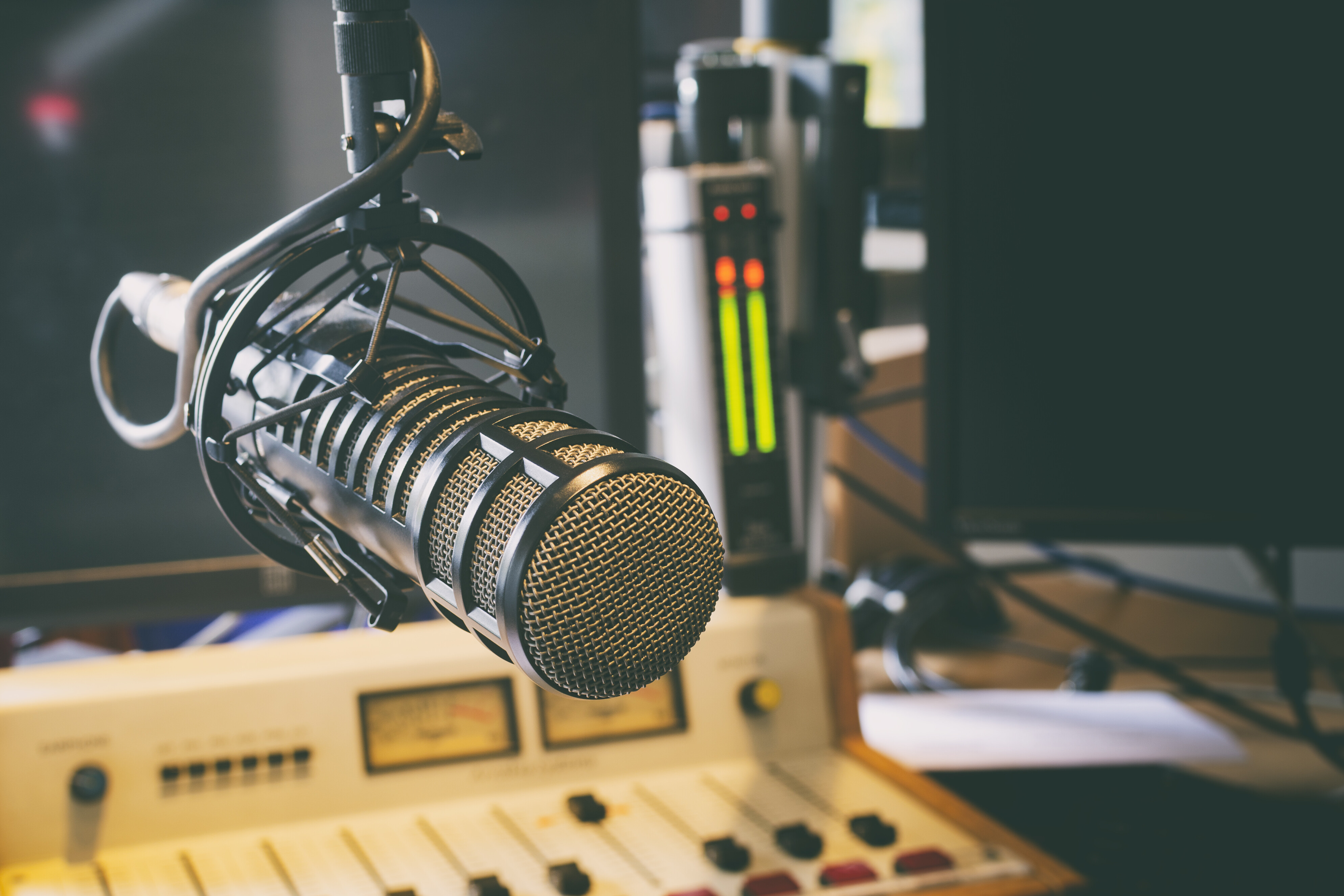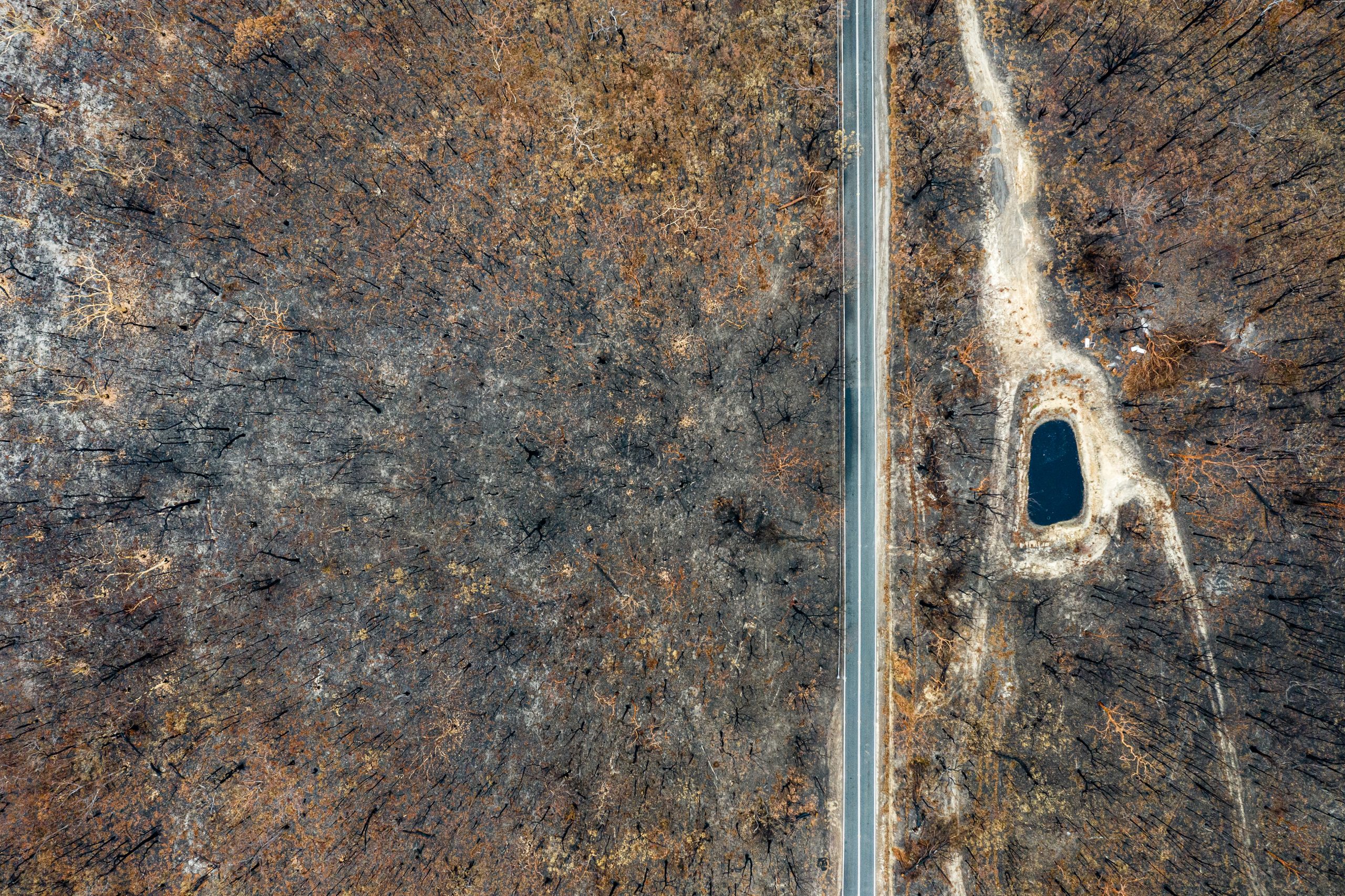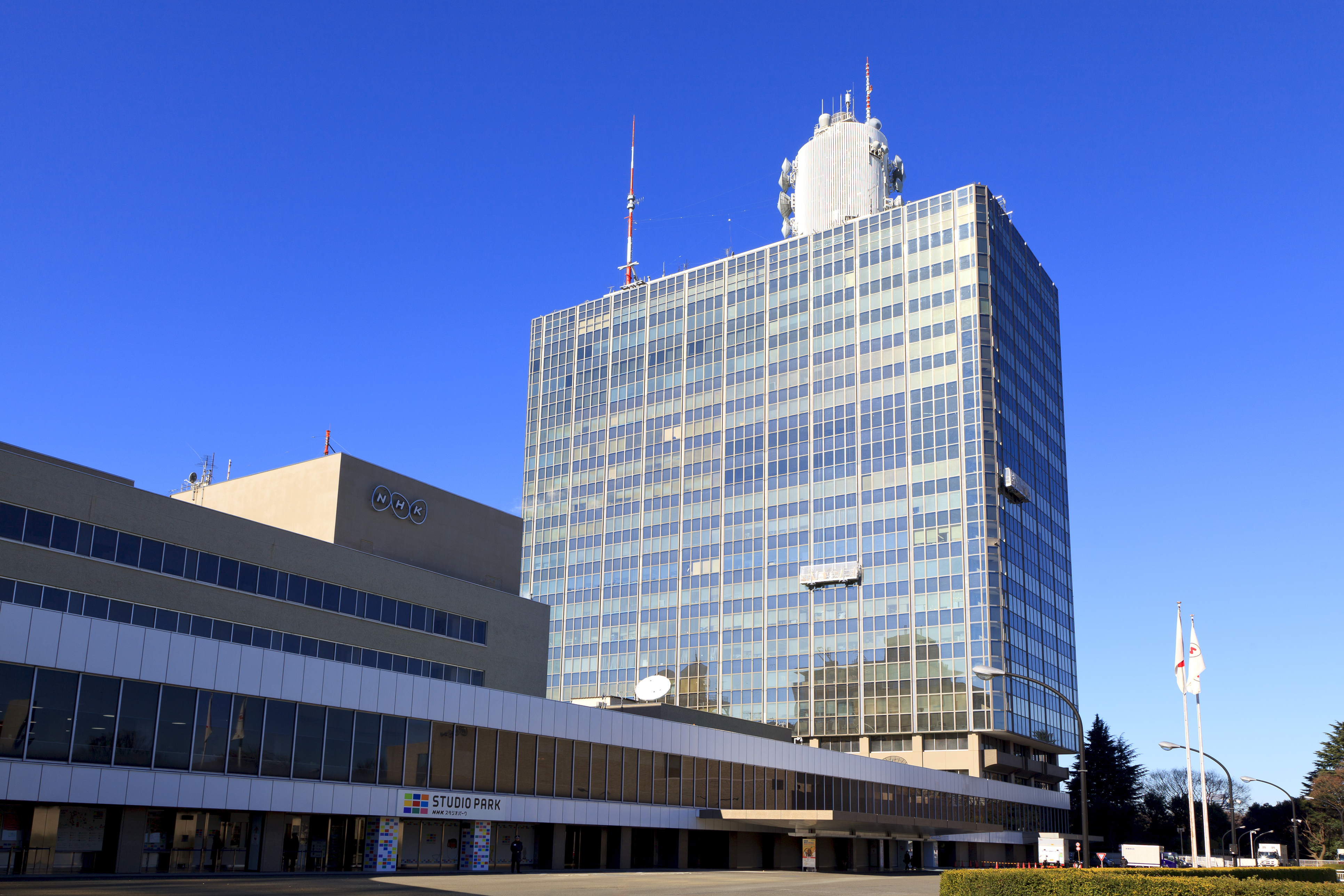As the need for emergency and crisis reporting grows, what can we learn from Japanese public broadcaster NHK?
By Nozomu Takeda
As the number of disasters and emergencies increase worldwide, the media’s role in disaster reporting is becoming more critical, while the growth in social media is increasing the potential for innovation in the field of emergency reporting.
These changes pose challenges for traditional media, such as a need to seek new business models, invest in new technologies, and cultivate a new relationship with audiences, while maintaining the high journalistic standards of public media, specifically accuracy, independence and impartiality.
As the coronavirus pandemic takes its toll worldwide, public service broadcasters (PSB) are focusing on how best to provide the public with accurate and verifiable news and information. Even though covering crises and emergencies is a core part of any public service broadcaster’s mission, many haven’t been required to work in this area on a regular basis.
Due to the frequency of natural disasters such as typhoons and earthquakes, Japan’s PSB, Nippon Hoso Kyokai (NHK), has become specialised in the coverage of crises. It is frequently recognised for the high standard of its emergency coverage. Before many countries entered the current periods of lockdown, the Public Media Alliance took the opportunity to reach out to NHK and explore their emergency response mechanisms and their approaches to crisis reporting.
Strong policy
One of the fundamental reasons for NHK’s success is a strong emphasis on emergency reporting in its management policy. In a country constantly prone to earthquakes and typhoons, NHK has an obligation to contribute to disaster prevention through broadcasting due to it being a designated public institution prescribed by Japan’s ‘Basic Act on Disaster Management’. As Japan’s only public service broadcaster, NHK claim that disaster prevention and mitigation reporting is one of NHK’s largest missions.
Read more: NHK’s editorial guidelines 2020 on emergency reporting (Chapter 12)
NHK also decided to commit to improving disaster prevention and emergency reporting in their business plan for 2018 to 2020. NHK responded to PMA’s question about their role in emergency reporting and its future as a public service broadcaster saying,
“It is an extremely important mission of NHK, as public service broadcaster and public media, to convey accurate and easy-to-understand information to viewers and the public at all times, and to make every effort to “report to save lives”. These issues will continue to be addressed as important management issues in the next medium-term management plan from 2021.”
The use of new technology
So how does NHK achieve this policy? The key is the use of innovative technologies.
NHK has been actively employing new technology as part of their disaster prevention system. Taking advantage of 8K broadcasts which started in December 2018, NHK Science & Technology Research Laboratories (STRL) is trying to incorporate 8K with AI’s image recognition technology for disaster risk reduction activities. In the time of a major disaster, 8K can work as a “visual sensor for protecting people’s lives”, utilising its UHD imaging technology to detect earthquake faults and other disaster factors as well as to find people seeking rescue. In addition, research on the application of big data in broadcasting is progressing. NHK has developed “NMAPS” (NHK data Mashup and Analytic Probe System), which enables visualisation of various data and images related to weather and disasters to provide visually easy-to-understand images to audiences. This technology can also be used to analyse past disasters.
Read more: Application of NMAPS in the typhoon report
NHK also focuses on the risk management of disasters. In Tokyo, there is a 70% possibility of a substantial earthquake occurring in the next 30 years. In preparation for this earthquake, NHK ran a campaign called ‘Saigai Retto Ikiru Skill (Survival skills in disaster-prone Japan)’ in December 2019. As one of the programmes broadcast during the campaign, the drama “Parallel Tokyo” attempted to simulate possible damage caused by a future major earthquake in Tokyo. The programme used data provided by the Cabinet Office and VFX technology and utilised both broadcasting and social media to make people think about the direct impact of disasters.
Disaster prevention for everyone
‘Inclusive disaster prevention’ refers to disaster prevention that protects the lives of everyone, including people with disabilities or foreign nationals. No one is excluded.
Evacuation during a disaster is frequently compromised for those with disabilities. In the 2011 Great East Japan Earthquake, the mortality rate of persons with disability certificates was twice as high as that of all residents (NHK survey). Considering the increasingly high number of people living with disabilities in Japan, it is necessary for society as a whole to make sure that disabled and elderly people are not left behind.
Reflecting that idea of inclusive disaster prevention, NHK has been developing new services for people with disabilities or people who have difficulties in understanding Japanese in order that they can get the necessary information for disaster prevention. NHK are working to increase subtitles, commentary, and sign language broadcasts to ensure that they can deliver information that will save lives in emergency situations. NHK’s Science & Technology Research Laboratories are developing the technology to translate Japanese into sign language and express it in CG.
NHK’s response to COVID-19
In January, NHK launched a special page on their news website dedicated to Coronavirus updates. The page summarises trusted information with interactive graphs, tables and categorised articles. Information is also available on the NHK News and Disaster Prevention App. For children who are not able to attend school during the pandemic, NHK provides a service called “NHK for School”. This platform has released circa 2,000 educational programs and about 7,000 related videos. NHK also organises programmes that support children’s learning on the radio. They also provide news with easy Japanese, which is more accessible for those not fluent in the language in addition to NHK world’s news website available in 20 languages. They actively cover information and advices on COVID-19 for vulnerable people such as those who with disabilities, victims of domestic violence and parents of disabled children.
【 #感染防止私たちにできること 】
#手話動画手話・字幕付きの動画ができました!
「子どもの感染 避けるには 編」です。🔽 ハートネット 🔽https://t.co/sB4ihUmW2z#新型コロナウイルス#新型コロナ子どもSOS#手話 pic.twitter.com/tWBIcQmCvK
— NHKハートネット (@nhk_heart) March 27, 2020
Coronavirus: Resources & best practices
Essential resources for sourcing and reporting news about the coronavirus pandemic
Challenges and opportunities facing other broadcasters
Limited funding and resources
Funding that is specifically dedicated to emergency reporting makes it possible for NHK to realise its ambitions and delivery in this area, but NHK is also one of the most well-funded public broadcasters in the world. For the fiscal year 2019, the revenue was 712.2 billion yen (500 billion pounds), which marked the peak for five consequent years. Public trust in NHK was demonstrated by a 2 point increase in the payment rate of licence fees from the previous year to 82%, which was the highest payment rate recorded.
While NHK has secure and stable funding and a direct mandate to invest in emergency preparedness and coverage, other public broadcasters worldwide are often under pressure to provide much of this life-saving emergency and crisis coverage with limited funding and resources.
This was highlighted most recently by the Australian Broadcasting Corporation (ABC), Australia’s largest public broadcaster, which provided extensive coverage of the Australian bushfires that started in September last year. As PMA reported in January, ABC provided almost double the amount of emergency broadcasts than in their previous financial year, despite the fact that, according to an ABC spokesperson, “The cost of the ABC’s emergency broadcasting coverage comes out of base funding – there is no specific government funding for this coverage.”
Read more: ABC’s emergency coverage of the Australian bushfire crisis
Coupled with the Australian Federal Government’s decision to freeze the ABC’s budget for three years – which will result in cuts of nearly $84 million and unforetold job cuts – the question arises as to where the public would turn to for vital, life-saving information if their largest public broadcaster lost the capacity to meet these needs in times of crisis?
Areas traditionally thought to be less prone to natural disasters are also having to adapt, with sea levels predicted to rise to critical heights by 2050 and the climate crisis creating radical weather events globally.
Find out more: Interactive map
In the Summer of 2018, Sweden experienced an unusual wave of forest fires spreading as far North as the Arctic Circle with long spells of hot, dry weather and little rainfall. The Swedish Civil Contingencies Agency described them as the “most serious” wildfires in the country’s modern history.
According to a survey conducted by analysis company, Novus, Swedish Radio [SR], together with Swedish public television, SVT, were considered the most trusted sources for the public to obtain information about the fires. At the time, SR’s CEO, Cilla Benkö explained the vital role that the public broadcaster played during the state of emergency where “the importance of accurate, true and fast information is paramount. We are in 50 locations around Sweden when things happen.”
Approximately twenty VMAs (Important Public Announcements) were sent out during the fires. As of December last year, Cilla Benkö has signed an agreement with the Swedish Agency for Social Protection and Contingency to renew the VMA system, which confirms the process of sending vital information to the public via SR broadcasts and other channels, including digital alerts and SVT channels.
However, Mårten Randberg, Chief traffic editor of SR, emphasises that while the public broadcaster has “developed its own technology for broadcasting equipment, e.g. OB bags and Next Generation that have received a lot of international attention” there is still room for SR to further strengthen its role in Sweden’s emergency preparedness:
“…in order to achieve this ambition, a resource addition is needed for continued technological development…. In order for Swedish Radio to be able to keep the same technical level on standby as in FM, financial conditions are needed for increased digital robustness.”
In the light of experience, more attention must be given to the fact that, while life-saving, emergency and crisis coverage can be incredibly costly. Yet it deserves sufficient, sustainable funding and resources in order for public broadcasters to be able to serve the public in times of crises and emergencies.
How else, then, are public broadcasters adapting to provide this much-needed service?
Collaborations
US public media provide excellent examples of innovative, collaborative approaches to crisis coverage and disaster preparedness.
One state particularly prone to hurricanes is Florida. As such, 13 public radio stations across the state of Florida have joined to create the Florida Public Radio Emergency Network (FPREN). The Network reaches “99% of Florida’s population, and all the stations are prepared to stay on-air during times of crisis to continue broadcasting real-time updates from the Emergency Operations Center in Tallahassee.” Alongside FM radio, it also live streams broadcasts and provides accessible information such as state evacuation routes via a free mobile app. This demonstrates the opportunities provided to public media by utilising digital technologies as well as collaborating with other public broadcasters and emergency services.
In the event that natural disasters disrupt on-air broadcasting across the US, National Public Radio’s (NPR) Distributions Service, provides satellite services to broadcasters to ensure complete geographic coverage of the United States, including Alaska, Hawaii, and Puerto Rico, including the creation of station emergency kits. These include an emergency transmitter kit, emergency antenna and emergency studio kits. This was achieved in collaboration with the Corporation for Public Broadcasting (CPB), who provided the necessary funding. “NPR Distribution has been striving to anticipate and address challenges faced by public radio stations before they occur,” said Erich Shea, Manager of communications and outreach for NPR Distribution, in his commentary in Radio World.
Find out about more US public media initiatives: Public Media’s Role in Emergency Services
Social media has also been a useful tool utilised by public broadcasters to disseminate quick updates during emergency and disaster coverage. ZNS Bahamas live streamed several segments live on their Facebook page during Hurricane Dorian in videos titled ‘Tracking Dorian’.
Meanwhile Australia’s public broadcaster utilised its ‘ABC Emergency’s’, Twitter account, which compiles information from emergency services and ABC accounts on Facebook. Via this they were able to provide specific local and regional breaking news and advice as well as sharing photos and videos sent from the public. This is not unlike PTS Taiwan’s citizen journalism service, PeoPo, previously reported by PMA, where members of the public share stories and footage on the ground to prevent and cover natural disasters such as during the Typhon Morakot in 2009 and the Tainan earthquake in 2016.
Read more: Essential role of social media in emergency coverage
It is not only natural disasters where public media and like-minded organisations are required to collaborate more closely. In the wake of the Christchurch Massacre in New Zealand in March 2019, a Media Freedom Committee was formed by New Zealand’s media outlets including RNZ, TVNZ and Stuff to create editorial guidelines on how to appropriately report on the trial of the man charged with the terrorist attacks.
Read more: Collaboration for responsible coverage in NZ
Via the Asia-Pacific Broadcasting Union (ABU), NHK shares disaster reporting and disaster prevention know-how with other public broadcasters internationally. In addition, NHK and the Korean Public Broadcasting Service (KBS) work together to establish disaster prevention and emergency reporting systems. Such international collaborations among public broadcasters should be increasingly fostered.
Therefore collaborations are not only beneficial in terms of pooling resources, but also to ensure the widest reach possible and allow the exchange of best practices to meet the global nature of many crises and emergencies.
Yet sustainable financial resources are absolutely essential to maintain effective coverage, and while a mandate to cover emergency and crisis situations helps to shield many public broadcasters from major cuts, collaboration with others acts as further layer of protection.
As the coronavirus pandemic continues, there is a real opportunity for public broadcasters around the world to exchange best practises and ideas about how best to cover the crisis. The Public Media Alliance will continue to update its Coronavirus Resources and highlight best practices from around the world.
Header Image: An NHK video with sign language and subtitles about “How to Avoid Infection of Children”. 27 March. Credit: NHK
Related Posts
23rd April 2020
Global Task Force: Public Media Serving in the time of a pandemic…
The year 2020 will be forever etched in…



